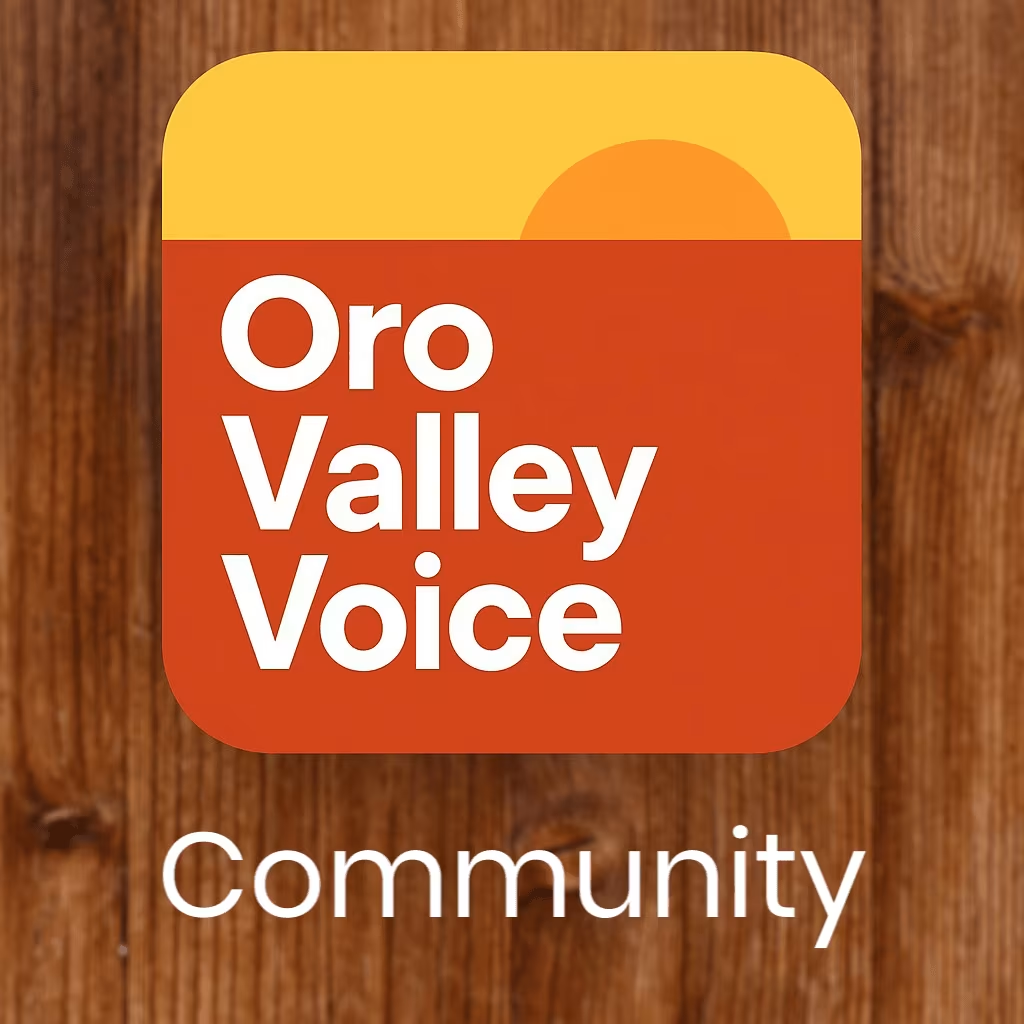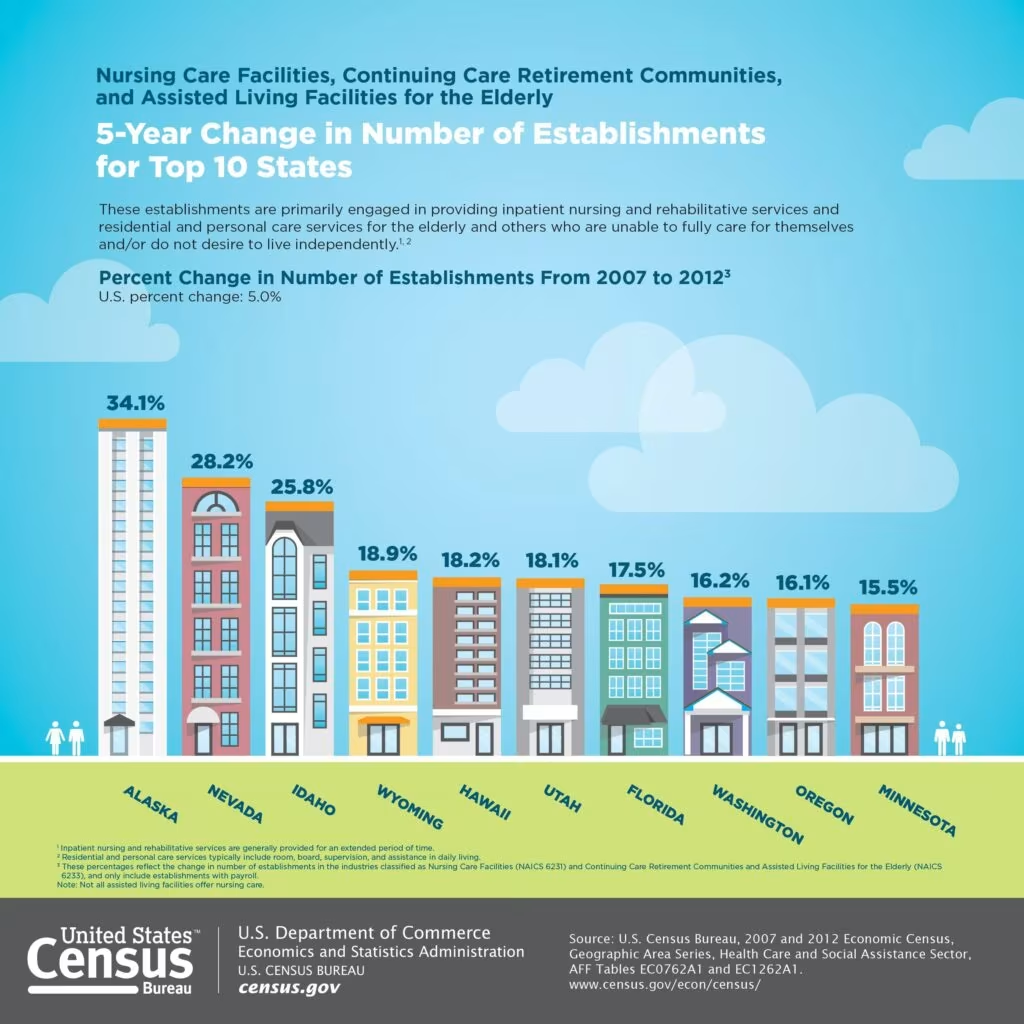U.S. Census Bureau Shares Key Facts for Older Americans Month
May is recognized as Older Americans Month, a tradition that began in 1963 when President John F. Kennedy designated May as Senior Citizens Month. After a meeting with the National Council of Senior Citizens, Kennedy encouraged the nation to honor older adults across America. Every president since has continued this tradition, issuing annual proclamations to celebrate the contributions of our aging population. In 1980, President Jimmy Carter officially renamed it Older Americans Month.
In honor of this observance, the U.S. Census Bureau has compiled key statistics that highlight the demographics, income, employment, and lifestyle of older adults in the United States.
Population Growth of Older Americans
- 46.2 million: Americans aged 65+ as of July 1, 2014, representing 14.5% of the total population. This figure grew from 44.7 million in 2013.
- 98.2 million: Projected number of Americans aged 65+ by 2060, nearly one in four U.S. residents.
- 2033: The year older adults (65+) are projected to outnumber children under 18.
- 2.4 million: Estimated number of baby boomers still living in 2060.
Income and Economic Status
- $36,895: Median income of households headed by someone aged 65+ in 2014.
- 10%: Proportion of seniors in poverty in 2014.
- $170,516: Median net worth of householders 65+ in 2011.
- 14.4%: Supplemental poverty rate for seniors, excluding Social Security would place nearly half in poverty.
Veterans and Employment
- 9.4 million: Veterans aged 65+ in 2014.
- 21.5%: Labor force participation for men 65+, compared to 13.7% for women.
- 5.2 million: Seniors working full-time, year-round in 2014.
Senior Entrepreneurs
- 3.47 million: Business owners aged 65+ (15.6% of total) in 2012.
- 875,633: Business owners 65+ with paid employees.
- 1.13 million: Women business owners 65+ (13.2% of total).
Education and Digital Access
- 81.9%: Seniors with a high school diploma or higher in 2014.
- 24.8%: Seniors with a bachelor’s degree or higher.
- 71%: Seniors living in homes with computers in 2013; 62.4% had high-speed internet.
Living and Lifestyle
- 57.6%: Married seniors in 2015.
- 24.4%: Widowed seniors.
- 79.3%: Seniors who owned their home in Q4 2015.
Voting and Civic Engagement
- 59.4%: Seniors who voted in the 2014 elections.
Health and Care Services
- 4,815: Continuing care retirement communities in 2012, generating $27.6 billion in revenue.
- 25,964: Senior care establishments serving people with disabilities in 2012.
Geographic Insights
- 19.1%: Florida had the highest percentage of seniors in 2014, followed by Maine (18.3%).
- 52.9%: Sumter County, Florida had the nation’s highest senior population by percentage.
- 118,891: Population of The Villages, Florida, America’s fastest-growing metro area in 2015.
Centenarian Statistics
- 53,364: Number of people aged 100+ counted in the 2010 Census.
- 20.7: Number of centenarian men for every 100 women.
- 3.29: Number of centenarians per 10,000 people in North Dakota, the highest rate in the U.S.
Older Americans continue to shape the fabric of the nation through their work, wisdom, and contributions. As their population grows, so does the importance of planning, policy, and services that support their well-being.


